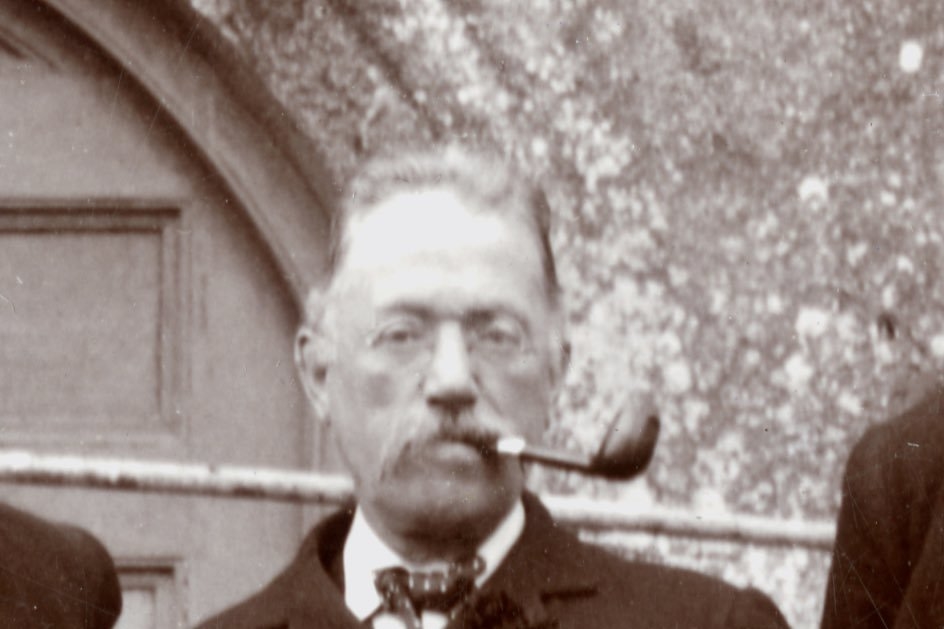THE life and work of one of Jersey’s best-known architects will be explored on Saturday 10 June as part of the Société Jersiaise’s 150th anniversary celebrations.
Adolphus Curry – himself a member of the organisation’s museum and executive committees at the end of the 19th century – designed some of the Island’s most distinctive buildings, including the Opera House and the former Victoria Club.
He also designed the old Jersey Western Railway terminal – which today provides the backdrop to Liberation Square – and the former Jersey College for Girls building in Rouge Bouillon.
Described as one of the Island’s most brilliant sons, the engineer and architect enjoyed a reputation beyond the Island, advising on town affairs, from road widening to drainage and infant mortality.
He will be celebrated next Saturday [10 June] with a day of activities that focus on his impact in Jersey after he returned to the Island in 1881. This included not only landmark buildings that have become part of the fabric of St Helier but also the refurbishment of important historic sites around the Island like Mont Orgueil Castle, St Saviour’s Parish Church and St Ouen’s Manor.
Born in 1848, he left Jersey before the age of 13 to attend a grammar school in Shropshire, then studied in Manchester and Wellingborough before moving to work on the development of the Cardiff docks.

The Société Jersiaise’s celebration of his work comprises hour-long guided walks by Stuart Fell and Melanie Cavey, taking place at 10am and repeated at 2pm, and a talk about Curry’s life by Trudy Mirza at 1pm at the Société Jersiaise in Pier Road. The Masonic Temple, where Curry was a past Master of the Lodge and where he designed the building’s air conditioning system, will be open from 11am until 2.30pm with former past Master, librarian and curator Geoff Morris hosting visitors.
From 3.30pm to 4pm there will be a tour of Banjo’s, previously the Victoria Club, designed by Curry, and proceedings conclude with a vin d’honneur hosted by the Constable of St Helier Simon Crowcroft.
Explaining the outline of the day, the Société’s vice-president Stuart Fell explained that the research into Curry’s work had been led first by Ms Mirza, who would explore his life, while Mrs Cavey’s walk would explore places with which the architect was connected, including the family business tailors T P Curry and the Masonic Temple.
Mr Fell himself will explore 12 of Curry’s buildings located in the centre of town, including St Ives in Colomberie, the vicarage at St James and 2 to 6 Queen Street.
‘One of the things I will be focusing on is how versatile he was as an architect and how inventive,’ Mr Fell said. ‘He was a one-off. One of the features of some of his buildings are strips of external ceramic tiles which are normally only used in interiors, so they are very distinctive.
‘Curry worked for three decades in quite a small area and so you can see how his style developed according to the different types of building. He liked ornament and if the client could afford it then he would really pile it on.’
Further details of these events with booking details for the free tickets are available on the Société Jersiaise’s Eventbrite pages.






